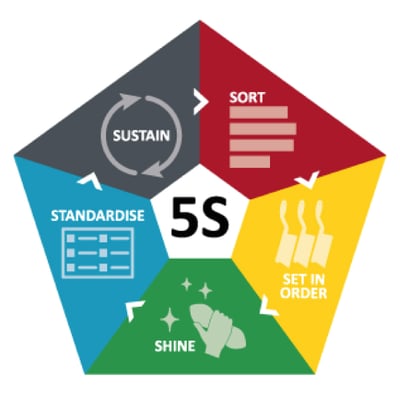Developed by the US National Aeronautics and Space Administration (NASA) in 1960s, the Hazard Analysis and Critical Control Points (HACCP) initiative was created to ensure a supply of crumb and pathogen-free food for astronauts, ensuring food had a suitable shelf life to aid their survival during space travel.
This model was extremely successful and in 1970s it was introduced to food manufacturers in USA, as well as becoming part of FDA inspectors’ training. HACCP-hazard management model reached Europe in 1980s via the World Health Organisation Europe.
Further developments to the model took place to reach the 7 principles in use today, assisting food processors and food service companies in incorporating a preventative system to identify hazards that may exist within its operations, nominating Critical Control Points to ensure suitable monitoring and plan of action if things go wrong, in time to avoid harm to consumers’ health.
The seven key principles of HACCP are:
- Conduct an analysis of hazards
- Determine the Critical Control Points
- Establish critical limits
- Set up a monitoring system for CCPs
- Establish a procedure for corrective action
- Establish procedures to verify the effectiveness of the HACCP plan
- Maintain thorough records.
As part of the preparation to develop a HACCP Plan, manufacturers need to establish what activities are part of their Pre-Requisite Programme (PRP), and how these activities are being controlled.
A Pre-Requisite Programme is a series of generic fundamental activities, taking place in food manufacturing and non-manufacturing areas, created and controlled to ensure minimum standards to produce food and drinks with food safety in mind.
This programme is where good manufacturing, good hygiene and good operational practices and documented with details on how control takes place in your site. Activities such as pest control management, hygiene and housekeeping (5S), training, warehousing, supplier approval, site security, maintenance, calibration and cleaning are usually included in the programme.
More information about PRP can be found within Codex Alimentarius General Principles for Food Hygiene. (link to the document inserted)
A well thought and documented Pre-Requisite Programme provides a great starting point when reviewing food safety culture on site, providing further assurances that all teams and activities are on track to provide the basic controls needed for safe manufacturing.

